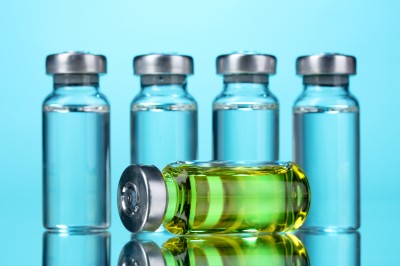
The method relies on the use of artificial intelligence and machine learning to analyse various physical, spectral, optical and/or chemical characteristics of a sample.
It could be used to detect counterfeits as well as incorrectly prescribed doses at the point of administering a drug, according to the patent, which describes various detection devices that could be developed from the concept.
There have been multiple incidents in which counterfeiters have taken a genuine medicinal product, watered it down and produced many times more vials or bottles of a drug, some in the original containers and some in fake or re-used packaging.
The presence of the active ingredient and legitimate packaging can make this sort of falsification hard to detect, generally requiring forensic examination of the contents.
In one such incident that occurred in Europe in 2014, organised criminals stole vials of Roche's breast cancer therapy Herceptin (trastuzumab) from a facility in Italy, diluted the contents and managed to re-introduce supplies into the legitimate supply chain in the UK, Germany and Finland.
Abstract:
Techniques are provided detecting diluted drugs using machine learning. Measurements and images corresponding to a product are obtained, wherein the product is formulated as a liquid, and wherein the measurements and images capture physical, spectral, optical, and/or chemical properties of the product. The measurements and images are provided to a machine learning model, wherein the machine learning model is trained using data generated from interactive learning modules (e.g., a generative adversarial network). The machine learning model detects whether the product or chemical is a real or counterfeit product. In addition, these techniques may be used by practitioners (e.g., medical personnel dispensing a prescribed dosage of a drug with a specific dilution level) to detect prescription errors at the point of administration.







